Would I be correct to connect each of the ground symbols, except for the U1 (-) power supply and the decoupling cap(s), to my -6V rail after removing the bias components I described in item 1?
Why not connect U1's negative supply also to -6V? The op-amp's supplies will have to be +6V and -6V for your idea to work, but you are otherwise correct.
I don't understand the purpose of C4. Why is it there and is it required for a dual sided supply?
C4 has high impedance at DC, which is as if it's not there, for any DC component of the signal. C4, C7 and R6 can be disregarded at DC, leaving only R7, which makes U1 a voltage follower, with unity gain for any DC offset present at its non-inverting input. U1's output is therefore centered about whatever mean potential is established by the biasing network of C1, C2, R3, R4 and R5.
Another way of thinking about C4 is to consider its DC charge state. It will develop a mean DC voltage equal to the mean output potential, raising the op-amp's inverting input potential to equal the mean potential at the non-inverting input. In this way it becomes a kind of "ground" reference at about +6V, instead of 0V.
C4 will not be required if you have an actual 0V node, as indeed will be the case if you convert to supplies with +6V, 0V and -6V.
I don't understand the purpose of D2. Why is it there and is it required for a dual sided supply?
D2 prevents Q2's base from dropping below -0.7V, and Q2's base-emitter junction prevents that potential from rising above +0.7V. Between them Q2 and D2 constrain the signal at Q2's base to be within +0.7V and -0.7V.
There are two consequences that spring to mind, there may be others. Firstly, Q2's base-emitter junction will never be reverse biased to the point that it breaks down, which would seriously mess up the AGC's behaviour.
Secondly, the right side of C5 experiences similar loading during both negative and positive excursions of the op-amp's output. If D2 were not there, the resulting loading asymmetry would offset the mean potential at C5's right end, which should be 0V in the original, or -6V with your modifications.
You can't remove D2.
I think I can remove R3, R4, R5, and C2 because they are just used to bias the op-amp for a single sided supply. Is this correct?
You are almost correct. You will still need R3 to bias the non-inverting input at 0V, but the other three elements can be removed.
What you are left with is:

simulate this circuit – Schematic created using CircuitLab
All gain control elements, that I've omitted here, need to operate around -6V, their "grounds" must become -6V. All their +12V nodes become +6V.
Since your output is now ground referenced, and the AGC system requires a -6V baseline signal, C5 can no longer be used for DC blocking in both roles. It may no longer be required to block DC for the final output, but C5 is still necessary to allow the signal at Q2's base to be centered around -6V. Hence C5's change of position.
It's not clear to me without more thinking, whether it's safe to raise the input bias (via R1) to 0V, instead of -6V, so I've left it biased as it would have been in the original. Since the source is a microphone, that may be good enough, but if the source wasn't isolated, and shared a common 0V with this module, then additional AC coupling (a capacitor) at the input would probably be necessary.

